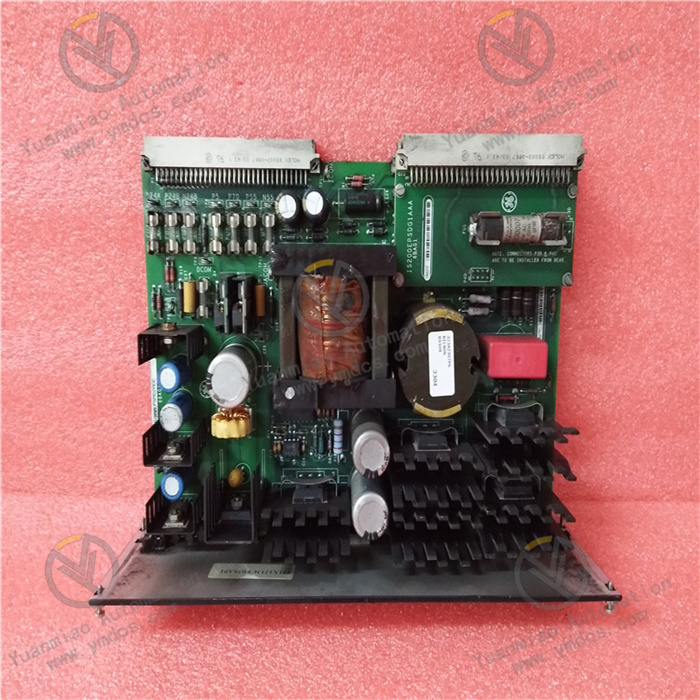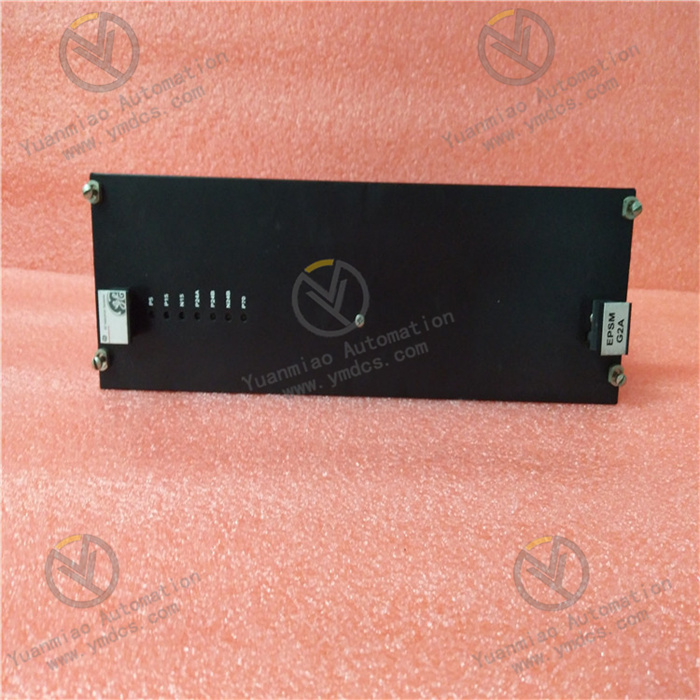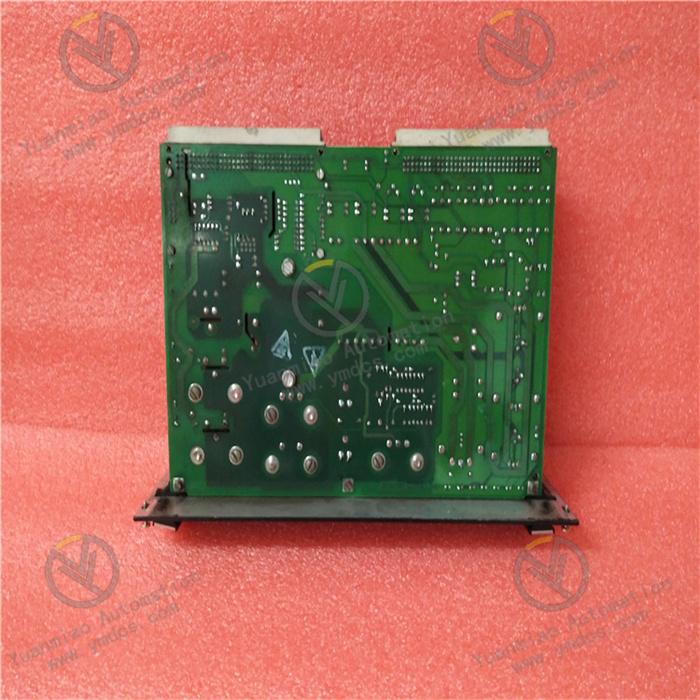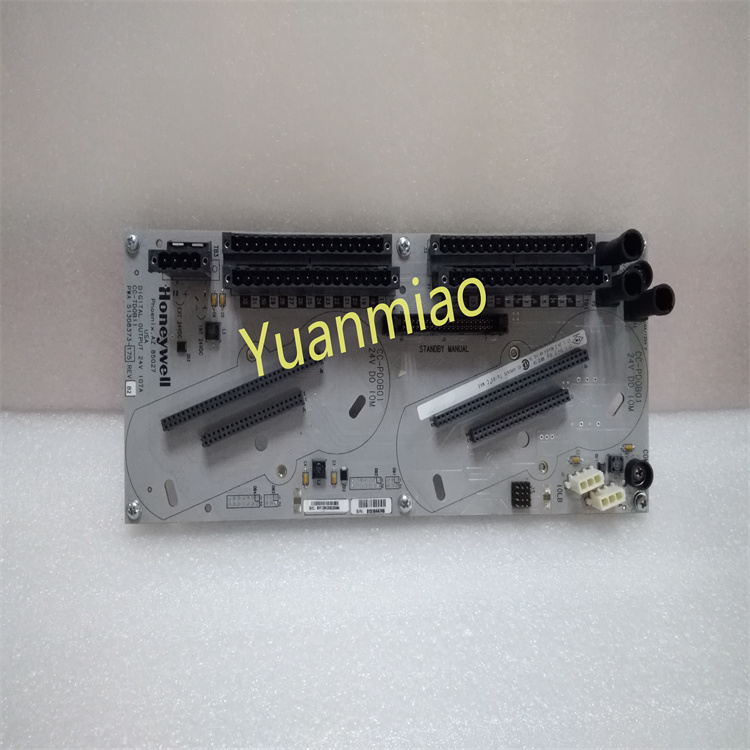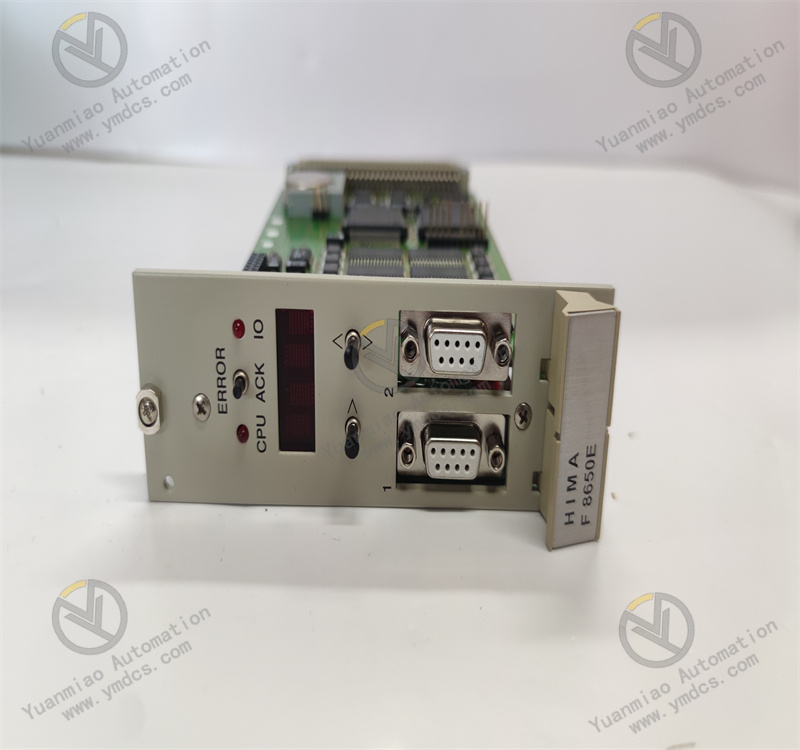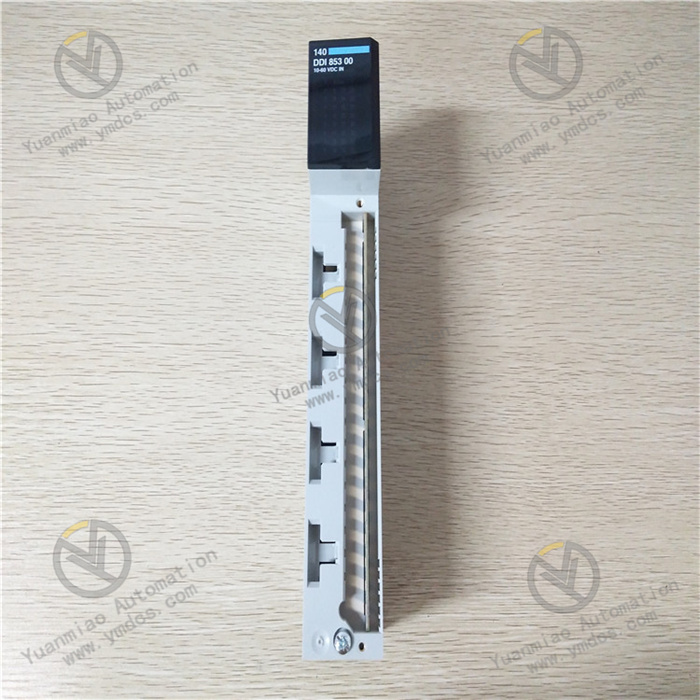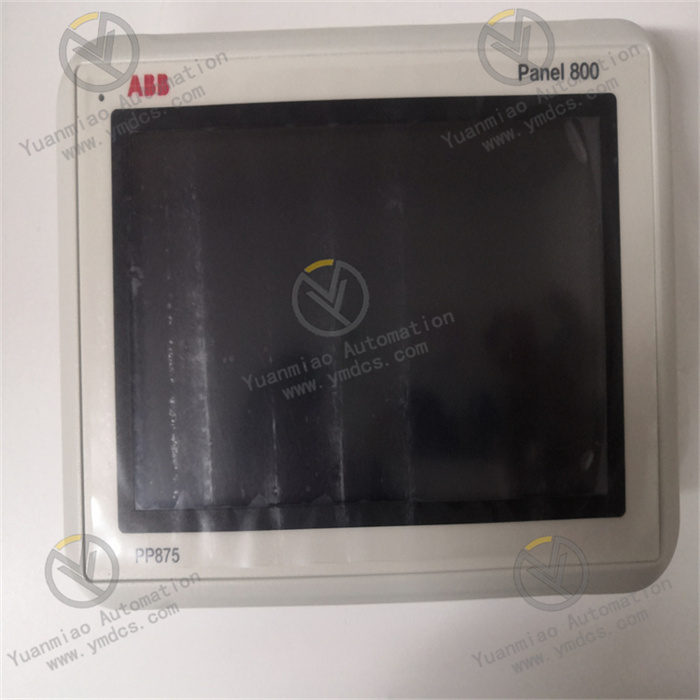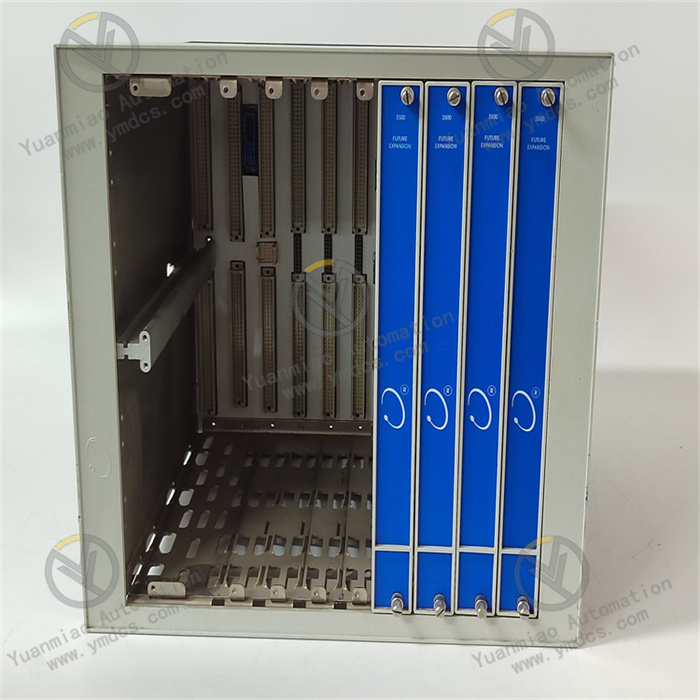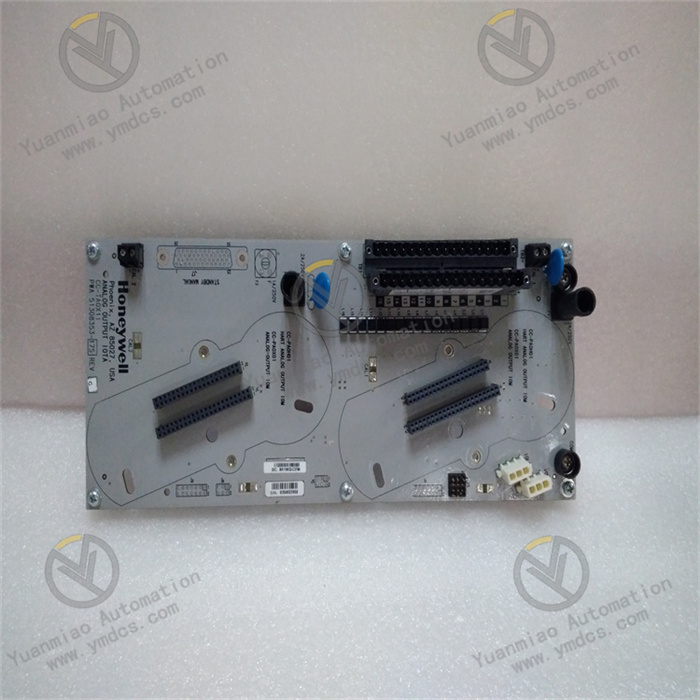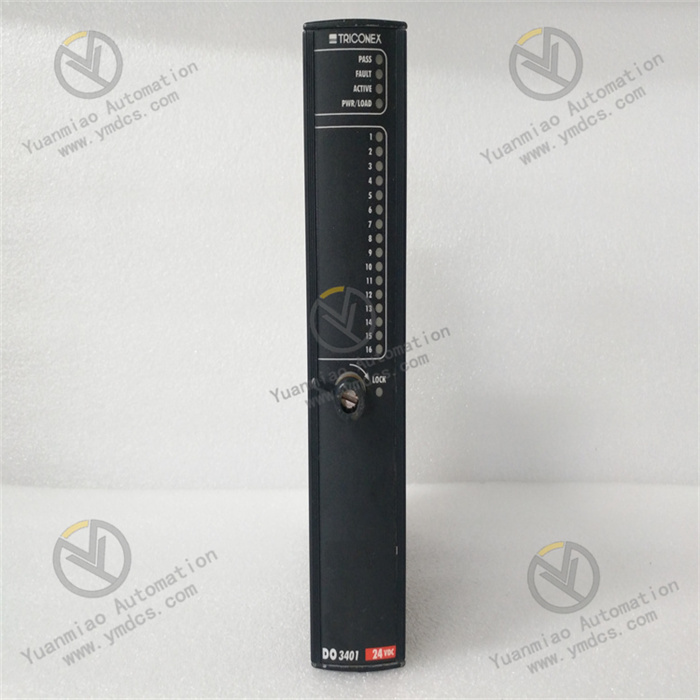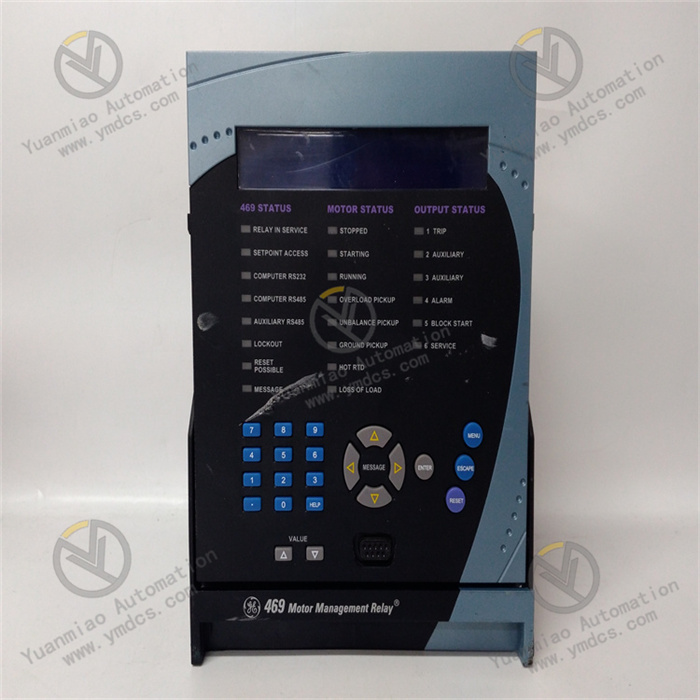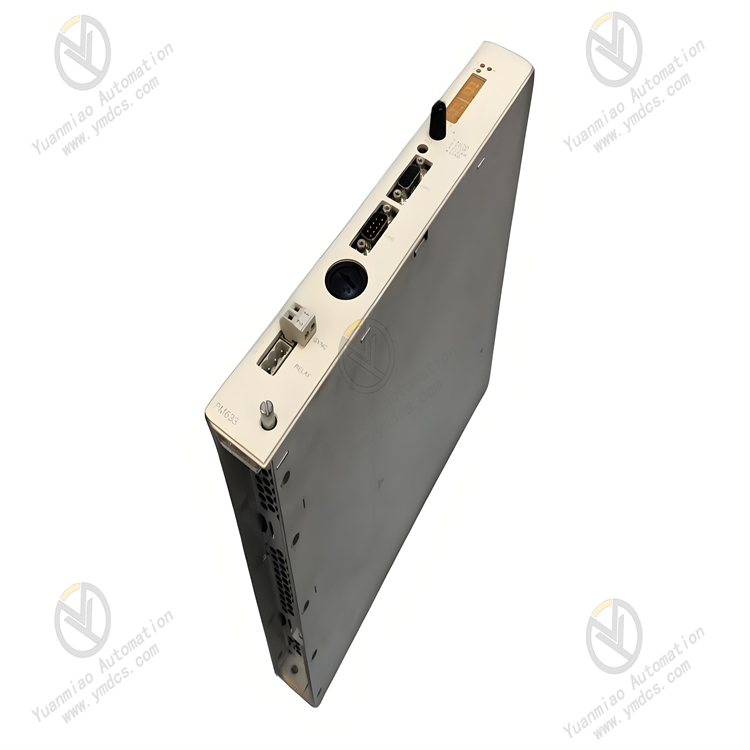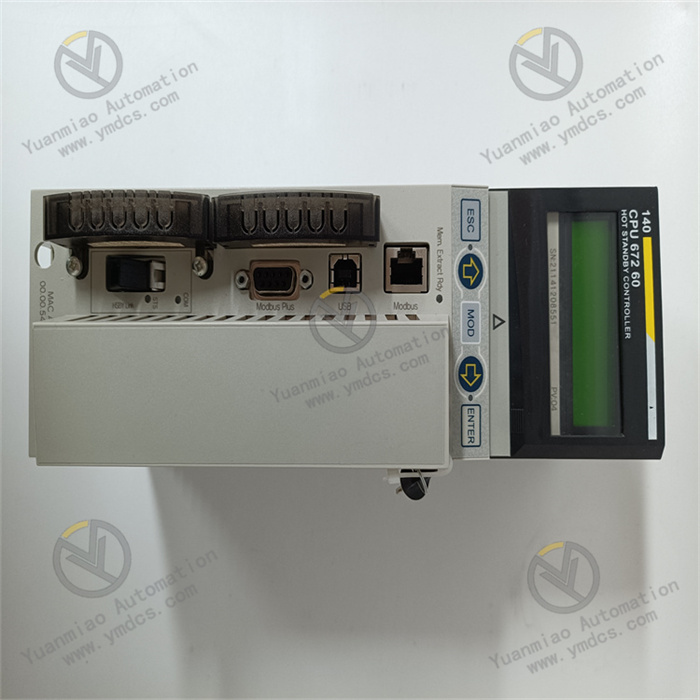Description
GE IS200EPSMG2ADC
The GE IS200EPSMG2ADC is a dedicated power conversion module for excitation control systems, with its core positioning as the "excitation system power supply hub - multi-voltage level conversion unit - power interface for control components". Its core function is to work in conjunction with EPDM modules in the excitation systems of gas/steam turbines in power generation, oil and gas, and other fields. It receives input power, accurately converts it into multiple isolated voltage levels, and provides stable power for EX2100 excitation regulators, controllers, and peripheral interface modules. Meanwhile, it ensures power supply safety through isolation design and fault monitoring, serving as the "power heart" that guarantees precise regulation of the excitation system and reliable operation of equipment.
This module boasts core advantages of "multi-voltage output - in-depth system adaptation - harsh environment resistance": it supports multi-level isolated outputs such as 24VDC and 70VDC, accurately matching the power supply requirements of peripheral modules like EDCD and EDEX; it is specifically designed for the Mark VI/VIe Speedtronic system, enabling seamless collaboration with M1, M2, and C controllers; its industrial-grade structural design can withstand a wide temperature range of -20°C to 55°C and high-humidity environments, and has obtained authoritative certifications including CE and UL. It is widely used in scenarios such as generator excitation systems in thermal power plants, gas turbine control units, and petrochemical compressor units, and is a core power component that ensures "stable excitation and continuous operation" of industrial power equipment.
The core advantage of the IS200EPSMG2ADC lies in its multi-voltage isolated output design, which addresses the pain points of "large voltage differences among multiple components and high risk of power supply interference" in excitation systems. In the EX2100 excitation system of a generator in a thermal power plant, the module receives 125VDC main power from the EPDM module and generates three independent power supplies through its internal conversion circuit: 24VDC is accurately supplied to the EDCD data acquisition module, EDEX execution module, and EGDM drive module; 70VDC isolated output is used for contact wetting of EXTB/ECTB modules; meanwhile, independent power supply channels are separately allocated to the three core controllers (M1, M2, and C). This "on-demand distribution + electrical isolation" design ensures that the power supply of each component does not interfere with one another, improving the accuracy of excitation regulation signals by 20% and avoiding signal drift issues caused by traditional non-isolated power supplies.
The module is specifically designed for GE Mark VI/VIe and EX2100 systems, achieving seamless collaboration between hardware and control logic. In a gas turbine control system, when the EPDM module is powered on, the IS200EPSMG2ADC automatically starts the voltage conversion process and completes the voltage establishment of each output channel within 100ms, ensuring the synchronous startup of controllers and peripheral modules. Its design of 3 independent controller power supply channels enables the M2 and C controllers to continue operating through independent power supply channels even if the M1 controller fails unexpectedly, avoiding the overall shutdown of the system. This "plug-and-play + redundant power supply" feature increases the Mean Time Between Failures (MTBF) of the excitation system to over 80,000 hours, significantly higher than the 50,000 hours of general-purpose power modules.
The module balances energy conservation and safety through high conversion efficiency and a comprehensive protection mechanism. In the excitation system of a petrochemical compressor unit, a conversion efficiency of >90% reduces the annual power consumption of each module by more than 300kWh compared to similar products, meeting industrial energy-saving requirements. The built-in 1A 250V fuse and overvoltage protection circuit immediately cut off the output when the input voltage suddenly rises to 150VDC, preventing damage to precision modules such as EDCD and EDEX. The 4 TP test points allow direct measurement of output voltage and current signals, enabling maintenance personnel to locate power supply abnormalities without disassembling the module, reducing fault diagnosis time to less than 10 minutes.
The module adopts an industrial-grade design and can operate stably in harsh environments such as high/low temperatures and high humidity. In an outdoor power station in northern China in winter (with a minimum temperature of -20°C), its wide-temperature design ensures that the voltage conversion accuracy is not affected by low temperatures, and the output deviation of 24VDC is always controlled within ±0.24V. In a coastal natural gas processing plant (with a humidity of 90% RH), the PCB moisture-proof coating and sealed interfaces prevent moisture intrusion, allowing the module to operate continuously for 5 years without performance degradation. In the face of electromagnetic interference generated during unit operation, the anti-interference design of RS485 and Ethernet interfaces ensures the accurate transmission of power supply status signals, avoiding false fault alarms.
The module's compact design and communication functions reduce the difficulty of integration and operation and maintenance. During the commissioning of the excitation system in a new thermal power plant, its compact size of 170mm×105mm×32mm allows direct installation below the standard control rack without modifying the cabinet structure. After being connected to the GE operation and maintenance platform via the Ethernet interface, it can remotely monitor the output status and conversion efficiency of 24VDC and 70VDC, and set up voltage abnormality threshold alarms. This "remote monitoring + precise early warning" mode enables maintenance personnel to grasp the power supply status without on-site inspections, reducing the number of unplanned shutdowns by 40%.
- Power Supply Status Monitoring: Check the output voltage (24VDC should be between 23.76V and 24.24V, 70VDC should be between 69.3V and 70.7V), output current, and conversion efficiency through the operation and maintenance platform daily to ensure there are no overcurrent or overvoltage alarms; Inspect the module indicator lights (power light should be steadily green, fault light should be off).
- Physical and Connection Inspection: Check weekly whether the module installation bolts are loose (torque: 0.5-0.8N・m) to avoid poor contact caused by vibration; Clean dust on the module surface with a dry cloth, focusing on cleaning the TP test points and interfaces to prevent dust accumulation from affecting signal measurement; Inspect the EPDM module connection wires to ensure stable 125VDC input.
- Test Point Calibration: Measure the output voltage through the TP test points with a multimeter monthly, and compare it with the data on the operation and maintenance platform; the deviation should be ≤±0.1V; Test the continuity of the fuse, and if it is blown, replace it with a fuse of the same specification (1A 250V); Never use a fuse with a larger capacity.
- System Collaboration Verification: Trigger the power-on process of the EPDM module quarterly, and observe that the output establishment time of the IS200EPSMG2ADC should be ≤100ms; Simulate the power failure of the M1 controller, and confirm that the M2 and C controllers can still be powered by independent channels without abnormal shutdown of the excitation system.
- Environmental Adaptation Inspection: Test the installation environment temperature (module surface temperature should be <50°C) and humidity (avoid condensation) every six months; Strengthen the cabinet ventilation during high-temperature seasons to ensure the temperature does not exceed the upper limit of 55°C.
![]()



